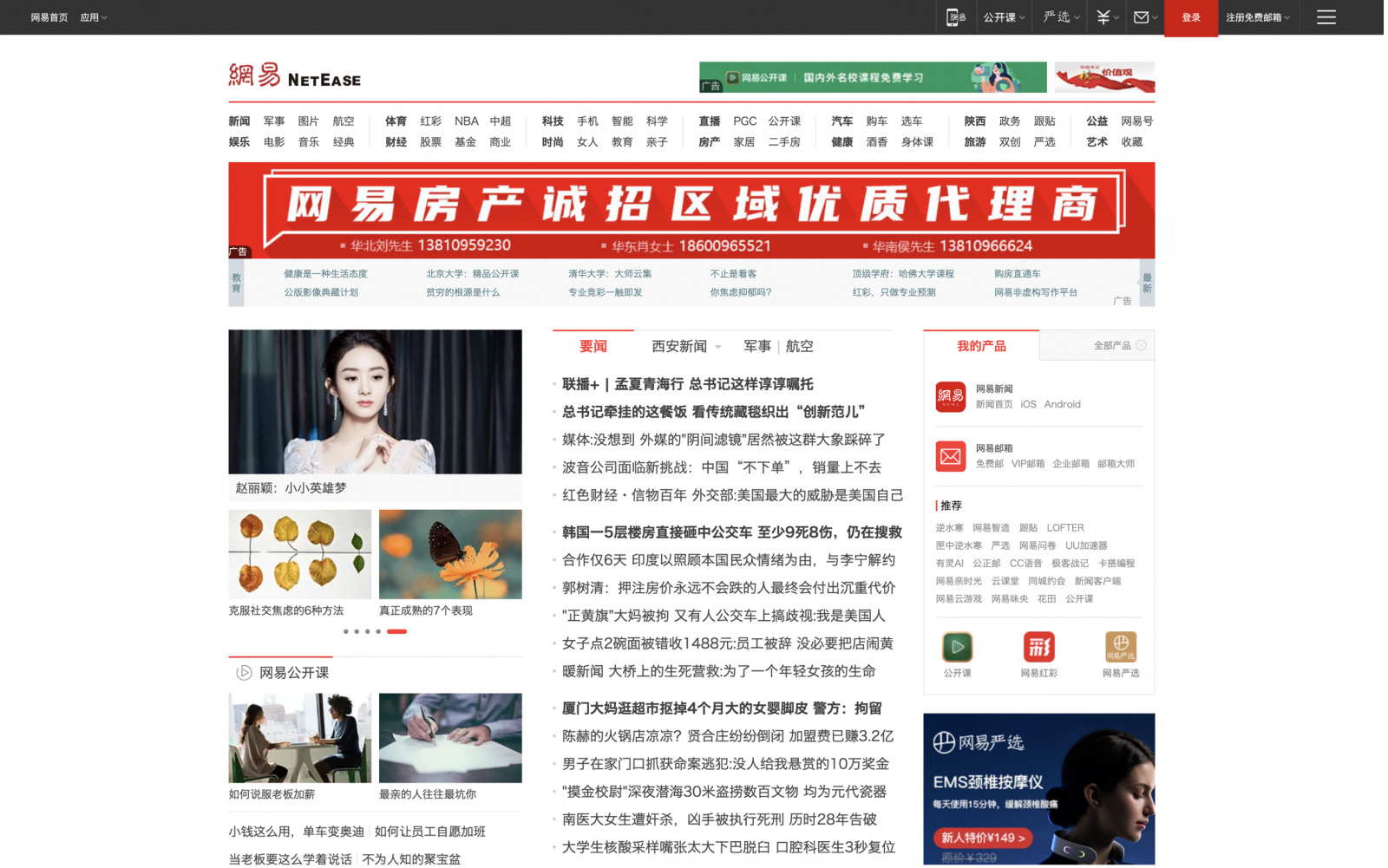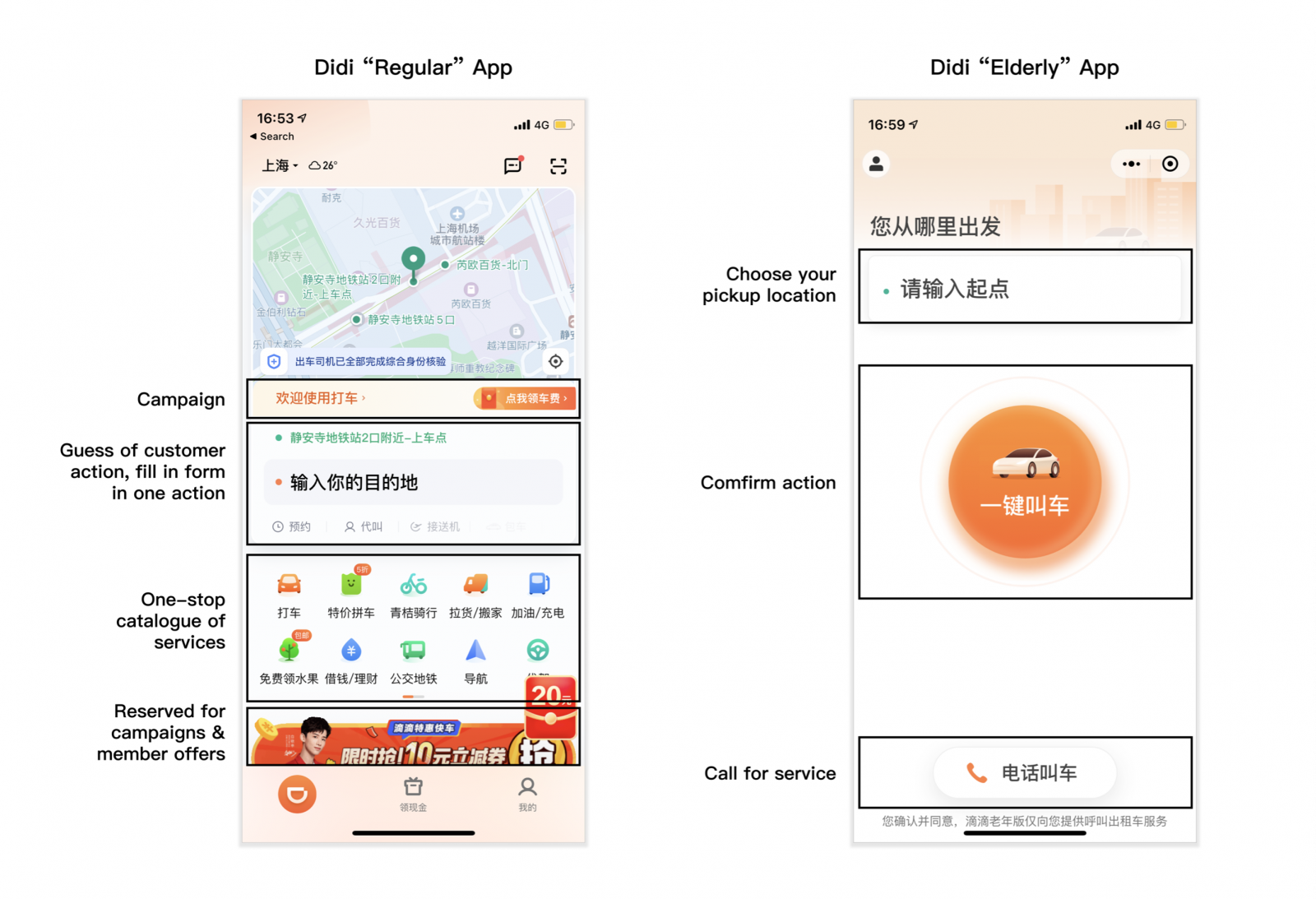Customer experience
When will banks not need banking apps? (Part 1)



Disclaimer: The statements and opinions expressed in this article are those of the author(s) and do not necessarily reflect the positions of Thoughtworks.
